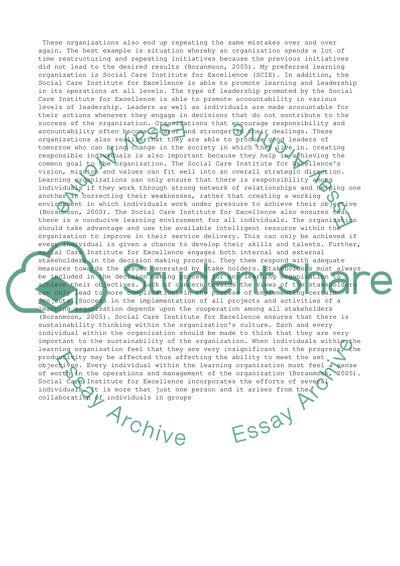Cite this document
(“Characteristics of a Learning Organization Research Paper”, n.d.)
Retrieved from https://studentshare.org/business/1452521-reflective-paper
Retrieved from https://studentshare.org/business/1452521-reflective-paper
(Characteristics of a Learning Organization Research Paper)
https://studentshare.org/business/1452521-reflective-paper.
https://studentshare.org/business/1452521-reflective-paper.
“Characteristics of a Learning Organization Research Paper”, n.d. https://studentshare.org/business/1452521-reflective-paper.


